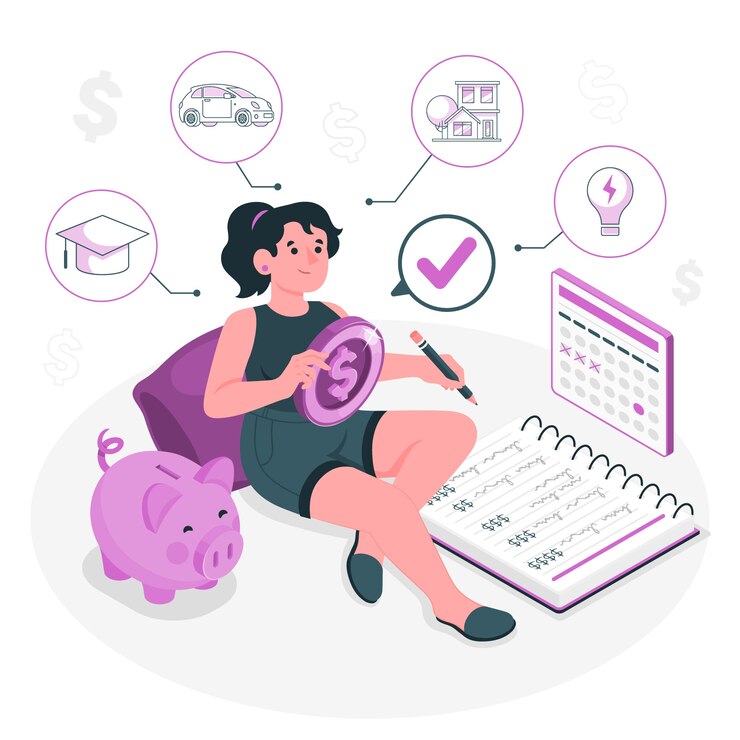Make a Budget
Your first step should be creating a budget. This will help you keep track of your monthly expenses and give you an idea of how much money you have available each month to pay off your debt. Add up all your income sources and then list all your expenses (including rent/mortgage payments, utilities, groceries, etc.). Once you have an accurate picture of what money is coming in and going out each month, set aside any extra funds for paying down your debts.


Prioritize Debts
It is important to prioritize the debts that need to be paid off first. Typically, it makes sense to focus on high-interest rate loans or credit cards first because they cost more over time if left unpaid than other debts with lower interest rates (e.g., student loans). To maximize efficiency while minimizing interest charges, prioritize payments with the highest interest rate so that you are paying off the most expensive debt first.
Set Goals
Setting goals can be incredibly motivating when trying to get out of debt and achieve financial freedom. Start by setting realistic short-term goals such as paying off one small loan each month or reducing your credit card balance by a certain amount every week or two weeks—whatever works best for your budget and timeline. Track these short-term goals throughout the process so that you can stay motivated and on track towards achieving larger long-term goals like becoming completely debt-free within a year or two!
Get Creative
You may need to get creative when it comes to finding extra funds for paying down debts quicker than normal. Consider taking on extra side gigs or hustles—such as freelancing or running errands for others—to generate more income each month that can go directly towards paying down those balances faster than expected! Other ideas include selling unused items around the house or downsizing some monthly expenses so that more money can go towards eliminating those pesky debts once and for all!

